Given the current state of air travel, where shrinking seat space and surcharges for basic services are the norm, it’s hard to imagine that airlines and flag carriers were once symbols of luxury and prestige.
A flag carrier, also known as a national airline, is the most important airline in a country. Although there is no universal definition of what makes an airline a flag carrier, its most general basic characteristics include being a national symbol and offering international connectivity. In addition, many flag carriers have connections to their country’s government, often receive financial support, or are even sometimes wholly owned by the state. Most are full-service airlines seeking high-quality service.
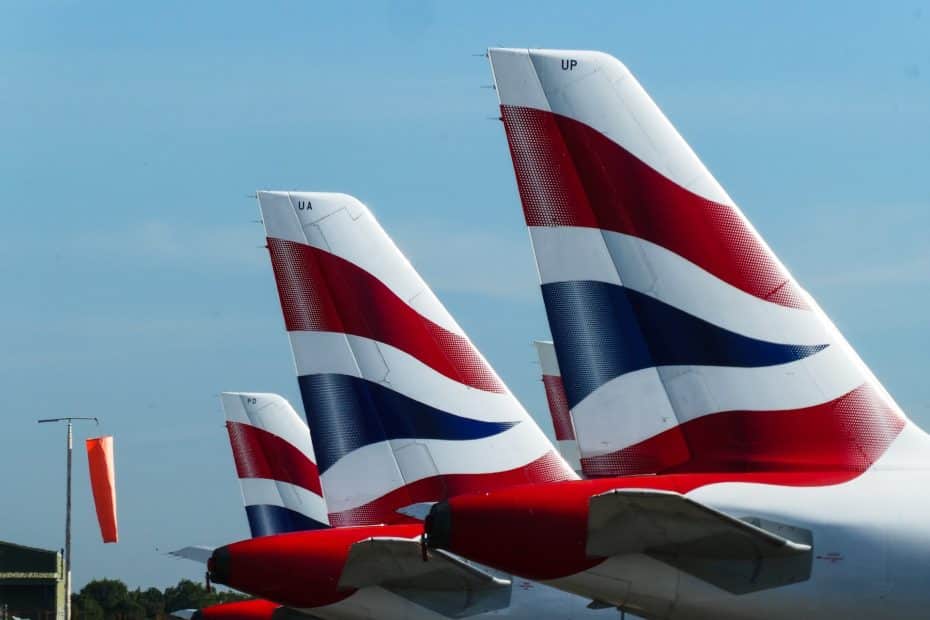
Since the definition of a flag carrier is up in the air (pun intended), national carriers (and the countries to which they belong) come in all possible combinations; here are some examples:
- While most countries have only one national airline, many, such as the UAE, have more than one (Etihad and Emirates).
- Many countries do not have an official flag carrier. This is common in smaller nations and, notably, the United States.
- Some countries “borrow” flag carriers from other nations. For example, ITA Airways (formerly Alitalia) is the Vatican’s national airline.
- Some airlines can be considered flag carriers of several countries. LATAM Airlines, for example, is the national airline of several Latin American countries, such as Chile, Peru, and Brazil.
- Sometimes, national airlines are not the most popular in the country. This is the case in Ireland, where Aer Lingus is much smaller than its low-cost competitor, Ryanair.
- In other cases, such as Colombia, the state-owned airline (Satena) is neither famous nor internationally prestigious (Avianca).
- There is a special category of flag airlines reserved for monarchical countries. Royal Airlines is distinguished by the crown icon they usually display next to their logo. Some examples are Iberia, Royal Dutch Airlines (KLM), and Royal Jordanian.
Brief History of Flag Carriers
Early 20th Century: The Aviation’s Cradle
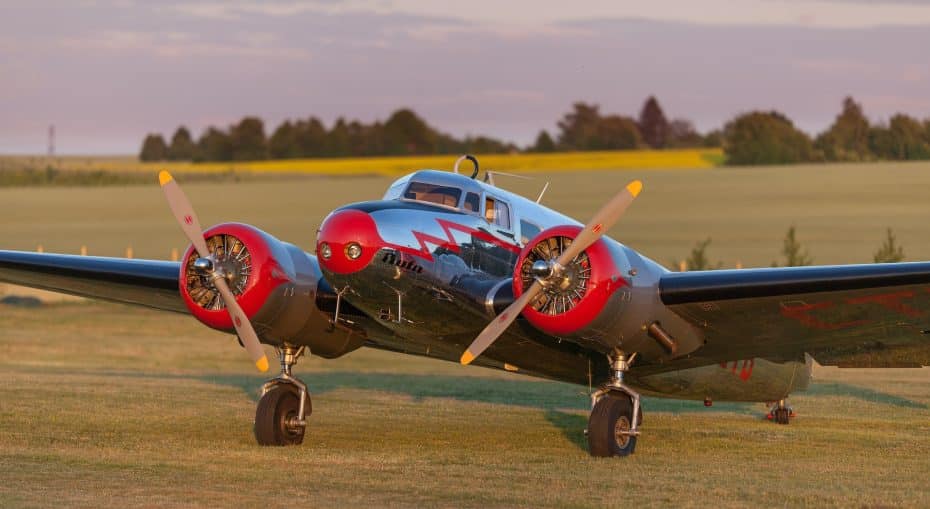
In 1919, the Dutch created the world’s first state-owned airline. Known as Koninklijke Luchtvaart Maatschappij, KLM began operations on May 17, 1920, with flights between London and Amsterdam. Albert Plesman was the founder and first director of the airline. Since its creation, KLM has maintained a constant activity in the aviation market, making it the oldest operating airline in the world.
Shortly thereafter, on November 16, 1919, Queensland and Northern Territory Aerial Services (QANTAS) was formed in Australia. The company made its first scheduled mail and passenger flight on November 2, 1922, traveling from Charleville to Cloncurry with an Avro model 504K aircraft.
Avianca, Colombia’s national airline, was founded in 1919 as Sociedad Colombo-Alemana de Transporte Aéreo (SCADTA). It is the second oldest airline in the world and is still operating today. Avianca played an essential role in connecting South America with North America and Europe. In 1946, it became the first Latin American airline to operate flights to the United States.
Pan Am, founded in 1927 by Juan Trippe, was an American airline that played a crucial role in the development of international air transportation. It was the first airline to make a transatlantic flight, which took place on June 28, 1939. The pioneering airline introduced several innovations throughout its history, such as the use of jet aircraft for commercial flights and computerized reservation systems.
Mid-Twentieth Century: Jet Planes and the Democratization of Travel
In the mid-20th century, the introduction of jet aircraft revolutionized air travel and contributed significantly to the growth of flag carriers. This led to massive growth in the tourism industry, as these improvements democratized travel by making it more accessible and affordable.
The Havilland DH 106 Comet entered service in 1952 and was the first commercial airliner. British Overseas Airways Corporation (BOAC), the predecessor of British Airways, was one of the first airlines to operate this aircraft. The Comet significantly reduced travel time, flying from London to Johannesburg in just over 23 hours, compared to the previous 54 hours on propeller-driven aircraft.
In the 1940s, Iberia expanded its network to destinations in Europe and Latin America, such as Buenos Aires and Havana. In the United States, Boeing launched its first commercial jet aircraft, the Boeing 707, in 1958. Pan American World Airways (Pan Am) inaugurated its 707 transatlantic service between New York and Paris that same year, substantially reducing air travel time across the Atlantic Ocean.
Another important milestone came in the 1970s when Boeing introduced its flagship Jumbo 747. Due to its ability to carry large numbers of passengers over long distances, airlines such as Pan Am and TWA could offer much lower fares.
This technological advancement and increased affordability triggered a worldwide tourism boom in the mid to late 20th century. Consequently, flag carriers expanded their networks considerably during this period. Air France established new routes with its Caravelle airliner in the early 1960s, including services to West Africa, the Middle East, India, and other destinations. Japan Airlines (JAL) also expanded by introducing its first international flight with a Douglas DC-8 in 1960.
However, the deregulation and privatization of the airline industry in the late 20th century brought about a change in the way airlines operated. Many airlines were privatized, and the focus was on profitability and cost reduction. This change had a considerable impact on flag carriers.
70s and 80s: Deregulation and Privatization
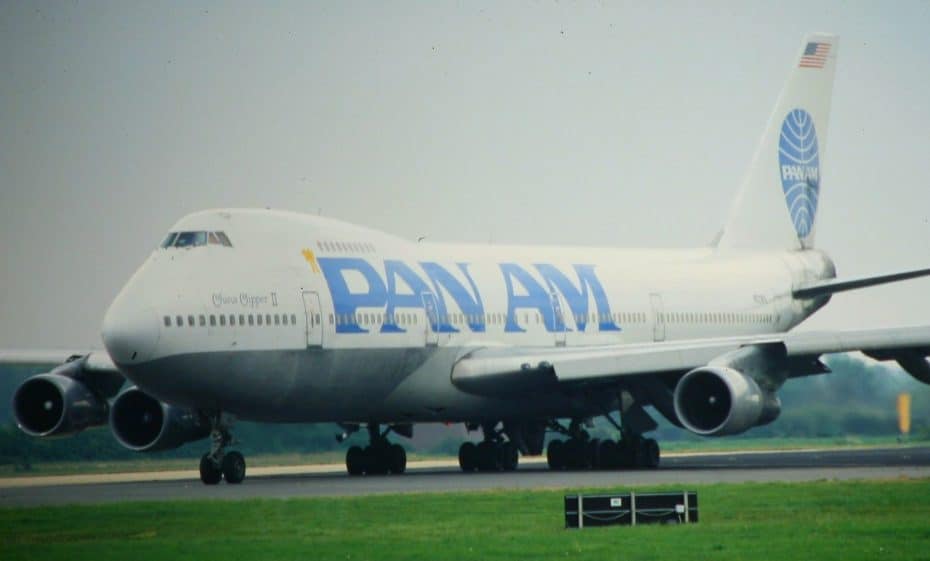
A key event in this process was the Airline Deregulation Act in the United States in 1978, which eliminated government control over airfares, routes, and the entry of new airlines into the market. This law led to increased competition, lower fares, and a boom in air travel.
In 1984, British Airways, the United Kingdom’s national airline, was privatized under the government of Prime Minister Margaret Thatcher. The aim was to enable the airline to compete more effectively with other European carriers and to expand its market presence.
Also notable is the European Union’s push for airline liberalization during the 1990s. This movement resulted in three “packages” of liberalizing measures between 1987 and 1992 that reduced pricing restrictions, established freedom to provide services in all EU member states, and removed barriers to new market entry.
The 90s: Birth of Low-Cost Airlines
Deregulation and privatization had both positive and negative effects on flag carriers. On the one hand, it fostered competition, increased efficiency, and allowed airlines to expand their networks. On the other hand, it also led to job losses, the bankruptcy of some airlines, and a general reduction in service quality due to cost-cutting measures.
As a result, low-cost carriers such as Southwest Airlines in the United States and Ryanair in Europe were able to expand rapidly. By employing strategies such as point-to-point routes instead of hubs, flying a fleet of only Boeing 737 aircraft to increase operational efficiency, and offering no-frills services with fewer in-flight amenities, these low-cost carriers were able to reduce costs significantly.
Flag Carriers Today
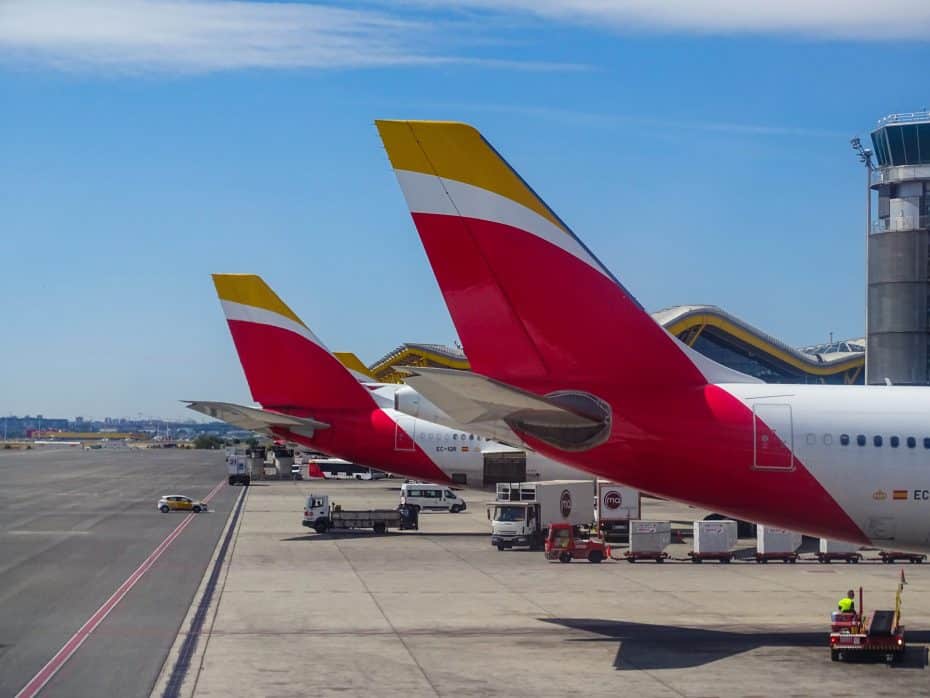
In recent years, the airline industry has shifted towards low-cost carriers, prioritizing profitability. However, some flag carriers continue to focus on good service, especially in Asia and the Middle East.
Emirates, a Dubai-based airline, is known for its first-class cabins with private suites, high-end dining, and luxurious amenities. The airline’s award-winning service has fueled its continued success, with profits of $288 million reported in November 2019.
Similarly, Singapore Airlines continues to focus on luxury with its A380 Suites Class, which offers passengers personal space, dining options selected by international chefs, and exquisite in-flight amenities. As of September 2021, the airline maintained a strong financial position despite the challenges posed by the COVID-19 pandemic.
In the Middle East, Qatar Airways continues to focus on offering a luxury flying experience through its Qsuite Business Class. The airline has received several awards for its premium services at the 2023 Skytrax World Airline Awards.
In summary:
Main characteristics of a flag carrier:
- Government affiliation: Many flag carriers have strong connections to their country’s government, often receiving financial support or even being wholly owned by the state.
- Prominence: These airlines usually have large fleets and extensive route networks, connecting their home country with major global destinations.
- Recognition: A flag carrier usually carries the name or symbols of its nation, promoting the country’s image abroad.
- Quality and service: Flagship airlines offer high-quality service and amenities to showcase their country’s culture and values.
Aviation History Overview:
- First airlines appear: The first commercial airlines emerged in the early 20th century with companies such as Avianca (1919) and Qantas (1920).
- First state-owned airlines: National airlines such as KLM (1919), Aeroflot (1923), and Lufthansa (1926) were established as state-owned companies during this period.
- Jet planes, the democratization of travel, and a tourism boom in the mid-20th century: The introduction of jet planes in the 1950s revolutionized air travel. Pan Am symbolized this era, democratizing travel with affordable fares and fostering a tourism boom.
- Deregulation and privatization of the airline industry: At the end of the 20th century, many countries deregulated the airline industry to stimulate competition. The main examples are the United States in 1978 and Europe in the 1990s.
- The airline industry moves East: Many Asian and Middle Eastern carriers become the standard for quality and service.
Leading flag carriers in the world by number of passengers (2022)
Europe
- Lufthansa: 30.3 million passengers
- Air France: 27.5 million passengers
- British Airways: 24.8 million passengers
- KLM Royal Dutch Airlines: 20.1 million passengers
- Turkish Airlines: 19.9 million passengers
- Aeroflot: 17.2 million passengers
- Swiss international airlines: 15.6 million passengers
- Iberia – 12.9 million passengers
- ITA Airways: 11.7 million passengers
- LOT Polish Airlines: 10.2 million passengers
North America
- American Airlines: 215 million passengers
- Delta Air Lines: 200 million passengers
- United Airlines: 160 million passengers
- Air Canada: 64 million passengers
- Aeromexico: 22 million passengers
Latin America
- LATAM Airlines Group (Chile) – 17 million passengers
- Aeromexico (Mexico) – 15 million passengers
- Avianca (Colombia) – 14 million passengers
- GOL Linhas Aéreas Inteligentes (Brazil) – 12 million passengers
- Aerolineas Argentinas (Argentina) – 11 million passengers
- Copa Airlines (Panama) – 9 million passengers
- Caribbean Airlines (Trinidad and Tobago) – 8 million passengers
- TAME (Ecuador) – 6 million passengers
- Conviasa (Venezuela) – 5 million passengers
- Boliviana de Aviación – BoA (Bolivia) – 4 million passengers
Asia and Oceania
- Air China (China) – 110 million passengers
- All Nippon Airways (Japan): 60 million passengers
- Qantas (Australia) – 35 million passengers
- Singapore Airlines (Singapore): 24 million passengers
- Cathay Pacific (Hong Kong) – 23 million passengers
- Korean Air (South Korea): 18 million passengers
- Thai Airways (Thailand): 17 million passengers
- Garuda Indonesia (Indonesia) – 15 million passengers
- Air New Zealand (New Zealand) – 12 million passengers
- Malaysia Airlines (Malaysia) – 9 million passengers




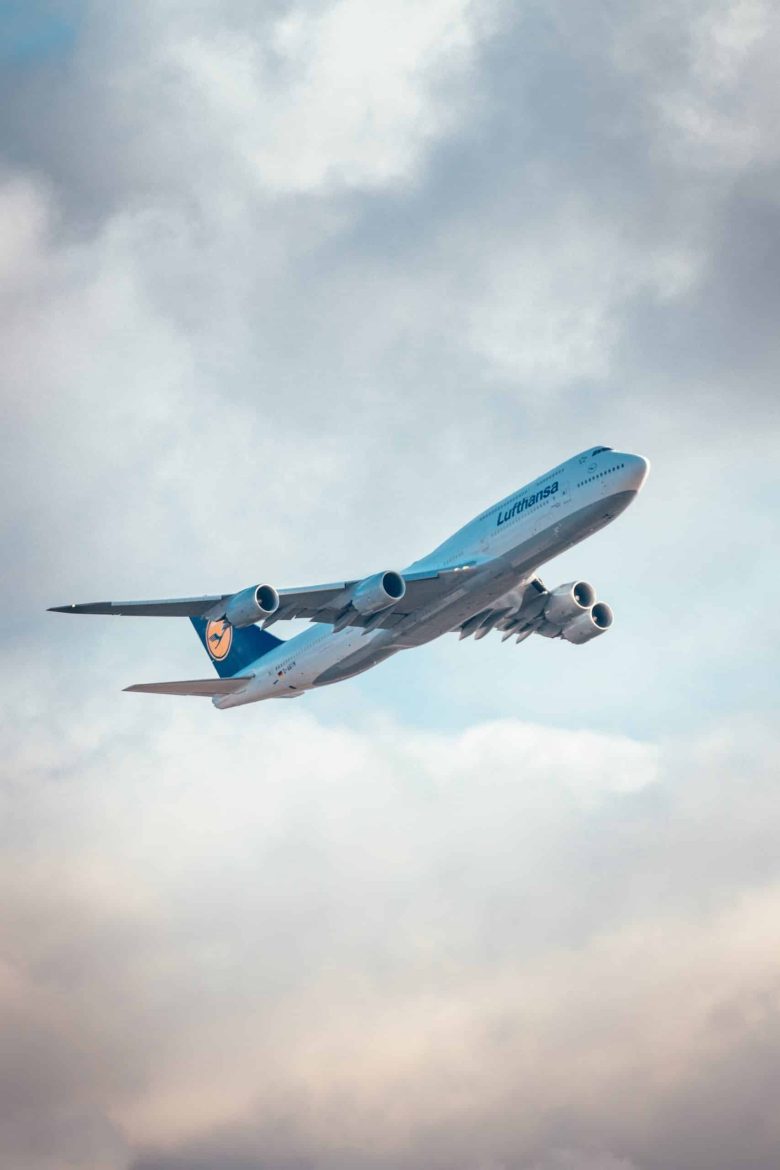



















Leave a Reply
View Comments